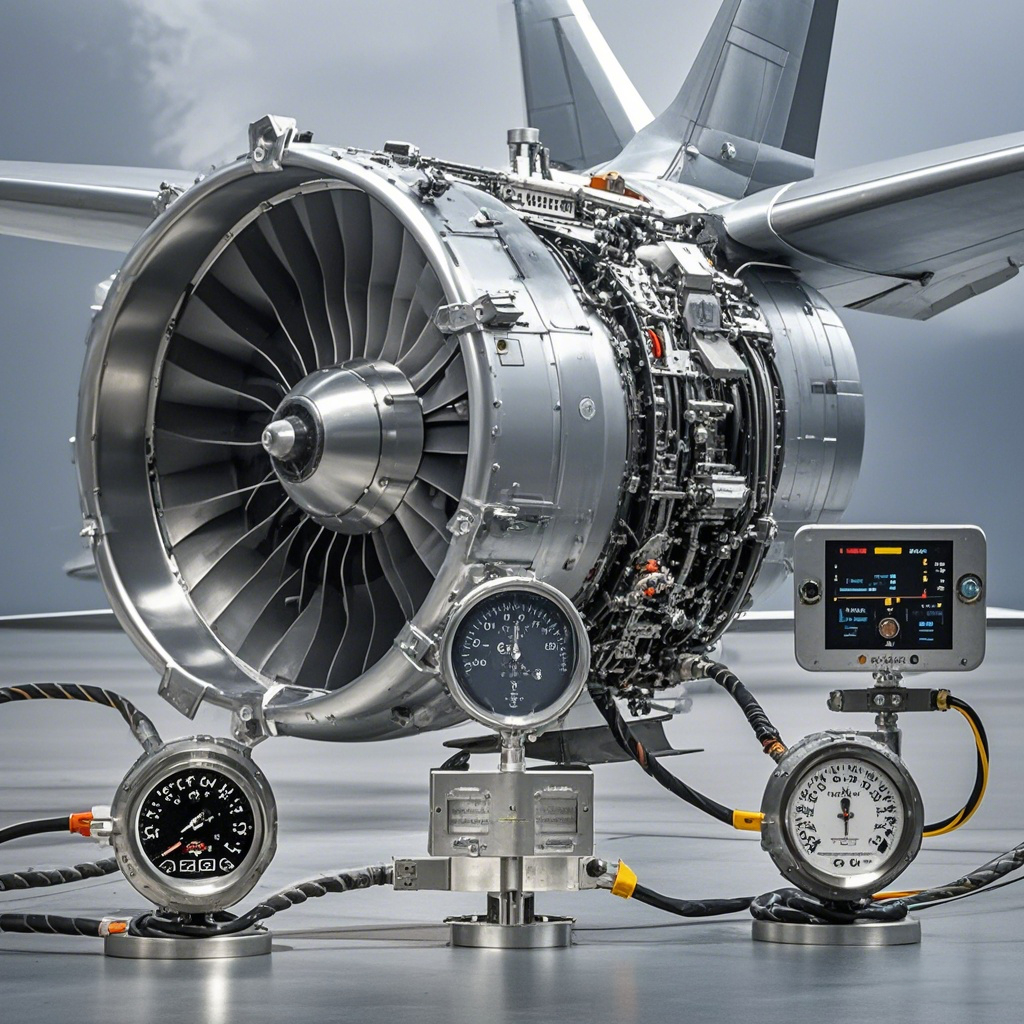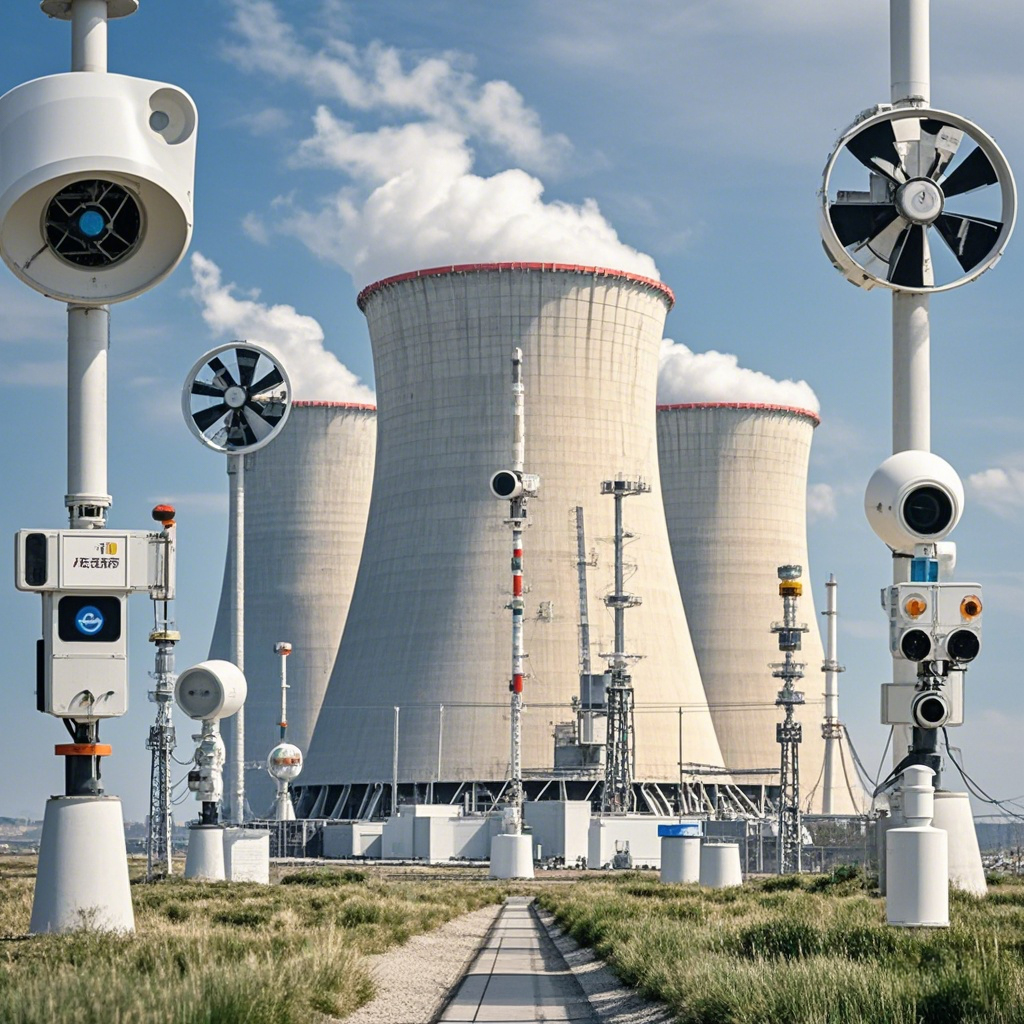Focus on digitalization
I. Introduction
Driven by the wave of digitalization, the industrial sector is undergoing profound transformation. Industrial sensors, as the cornerstone of digital industries, play a crucial role. They are capable of sensing various physical parameters in the industrial production process in real-time and converting them into digital signals, providing accurate and reliable data support for enterprises. This article will explore the importance of industrial sensors in digital industries and share some successful cases of sensor integration with digitalization.
II. Importance of Industrial Sensors in Digital Industries
(I) Achieving Precise Monitoring and Control
Industrial sensors can precisely monitor key parameters such as temperature, pressure, and level, providing real-time data for the production process. Through digital control systems, enterprises can make precise adjustments to the production process based on sensor data, ensuring the stability and consistency of product quality. For example, in chemical production, temperature and pressure sensors can monitor the temperature and pressure inside a reactor in real-time, ensuring the safety and efficiency of the reaction process.
(II) Improving Production Efficiency
The combination of sensors and digital technology enables the automation and intelligence of production processes, reducing manual intervention and increasing production efficiency. For instance, in automated production lines, sensors can automatically detect the position and status of products, enabling automatic assembly and packaging. Meanwhile, digital systems can analyze production data to optimize workflows and improve equipment utilization rates.
(III) Enabling Predictive Maintenance
By continuously monitoring and analyzing sensor data, companies can predict equipment failure trends, allowing for proactive maintenance and servicing to avoid sudden breakdowns. This reduces maintenance costs and improves equipment reliability and availability. For example, in wind farms, sensors can monitor the operational status of turbines in real-time, and through data analysis, predict potential failures, allowing for maintenance plans to be scheduled in advance and ensuring the stable operation of turbines.
III. Successful Cases of Sensor Integration with Digitalization
(I) Aerospace Industry
In the aerospace industry, the integration of industrial sensors and digital technology plays a critical role in ensuring the safe flight of aircraft. For example, temperature, pressure, and level sensors on airplanes can monitor the operational status of engines in real-time, ensuring proper engine functioning. Meanwhile, digital systems can analyze sensor data to predict potential engine failures, enabling proactive maintenance and servicing, which enhances the reliability and safety of the aircraft.


IV. Development Trends of Industrial Sensors
(I) Miniaturization and Integration
With the advancement of microelectronics technology, industrial sensors will become increasingly miniaturized and integrated. Sensors can be integrated onto chips, offering higher performance and lower costs. At the same time, miniaturized sensors can be easily installed on various devices, enabling real-time monitoring and control of equipment.
(II) Intelligence and Networking
Future industrial sensors will be characterized by intelligence and networking capabilities. Sensors will be able to automatically analyze data, identify anomalies, and transmit data to central control systems via networks for remote monitoring and control. For example, in smart factories, sensors can be connected to IoT platforms, enabling interoperability between devices and improving production efficiency and management levels.
(III) Multi-Sensor Fusion
To enhance the accuracy and reliability of monitoring, future industrial sensors will adopt multi-sensor fusion technology. By integrating data from different types of sensors, precise measurement and analysis of complex physical quantities can be achieved. For example, in environmental monitoring, temperature, humidity, pressure, and air quality sensors can be fused together to enable comprehensive monitoring of the environment.
V. Conclusion
As the cornerstone of digital industries, industrial sensors play a critical role in industrial production. By enabling precise monitoring and control, improving production efficiency, and realizing predictive maintenance, industrial sensors provide strong support for the digital transformation of enterprises. With continuous technological advancements, industrial sensors will evolve toward miniaturization, integration, intelligence, networking, and multi-sensor fusion, bringing more innovation and opportunities to the development of digital industries. Enterprises should actively monitor the development trends of industrial sensors and fully leverage the advantages of sensor technology to drive the growth of digital industries.













